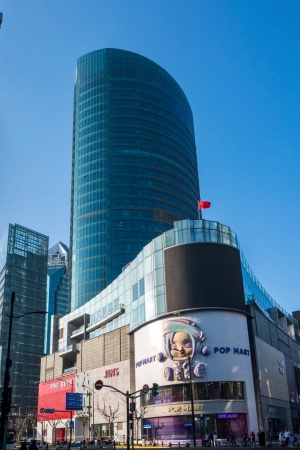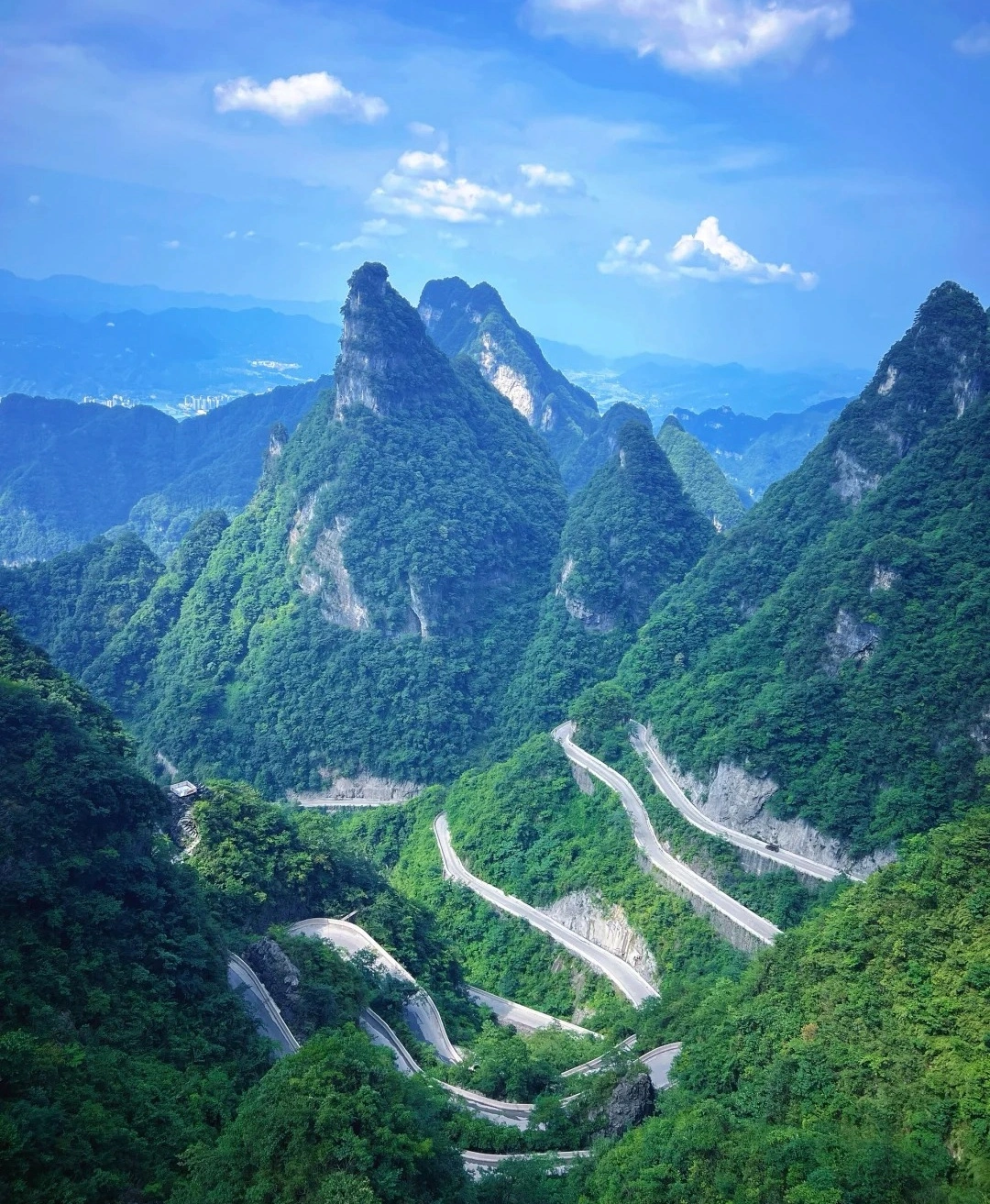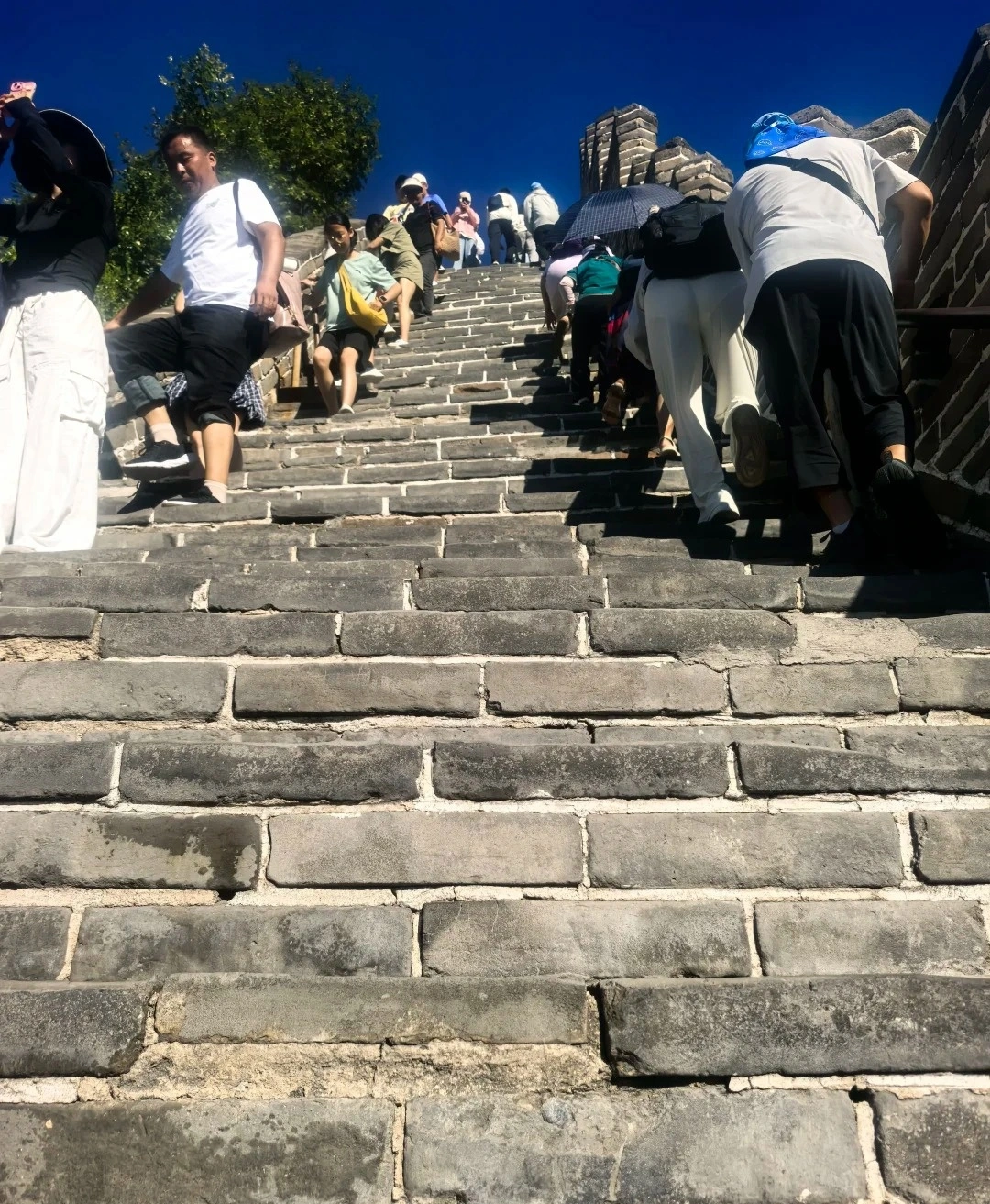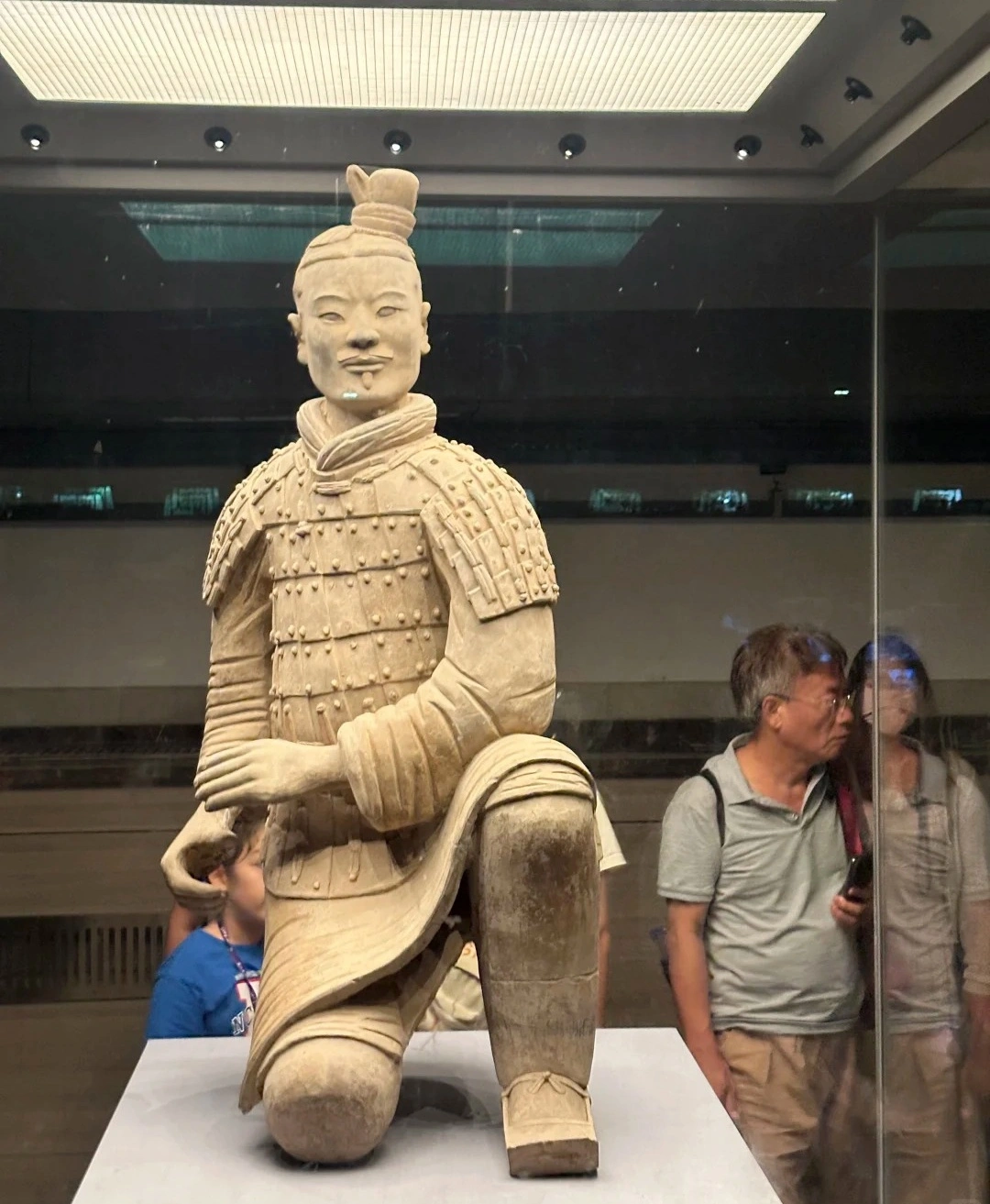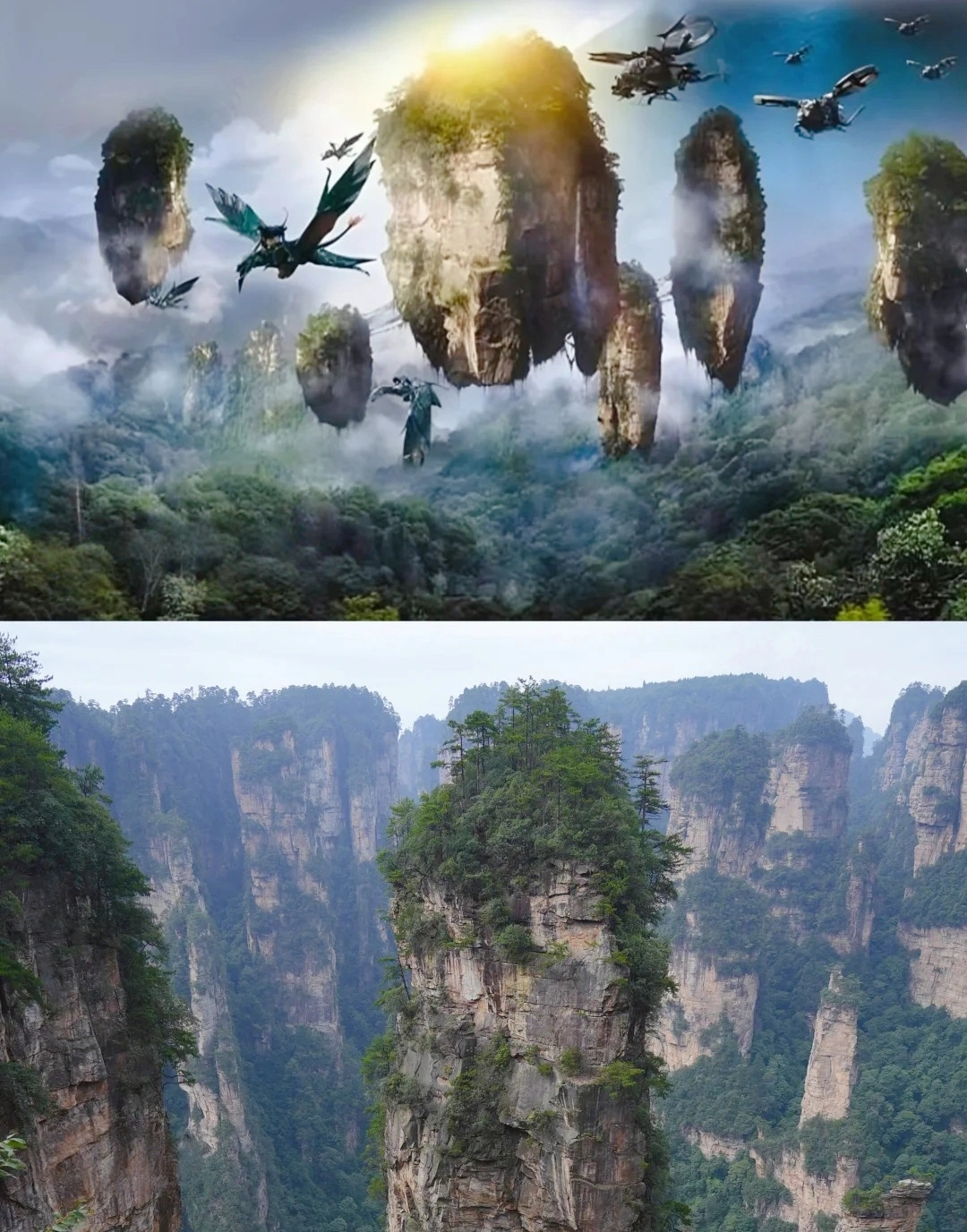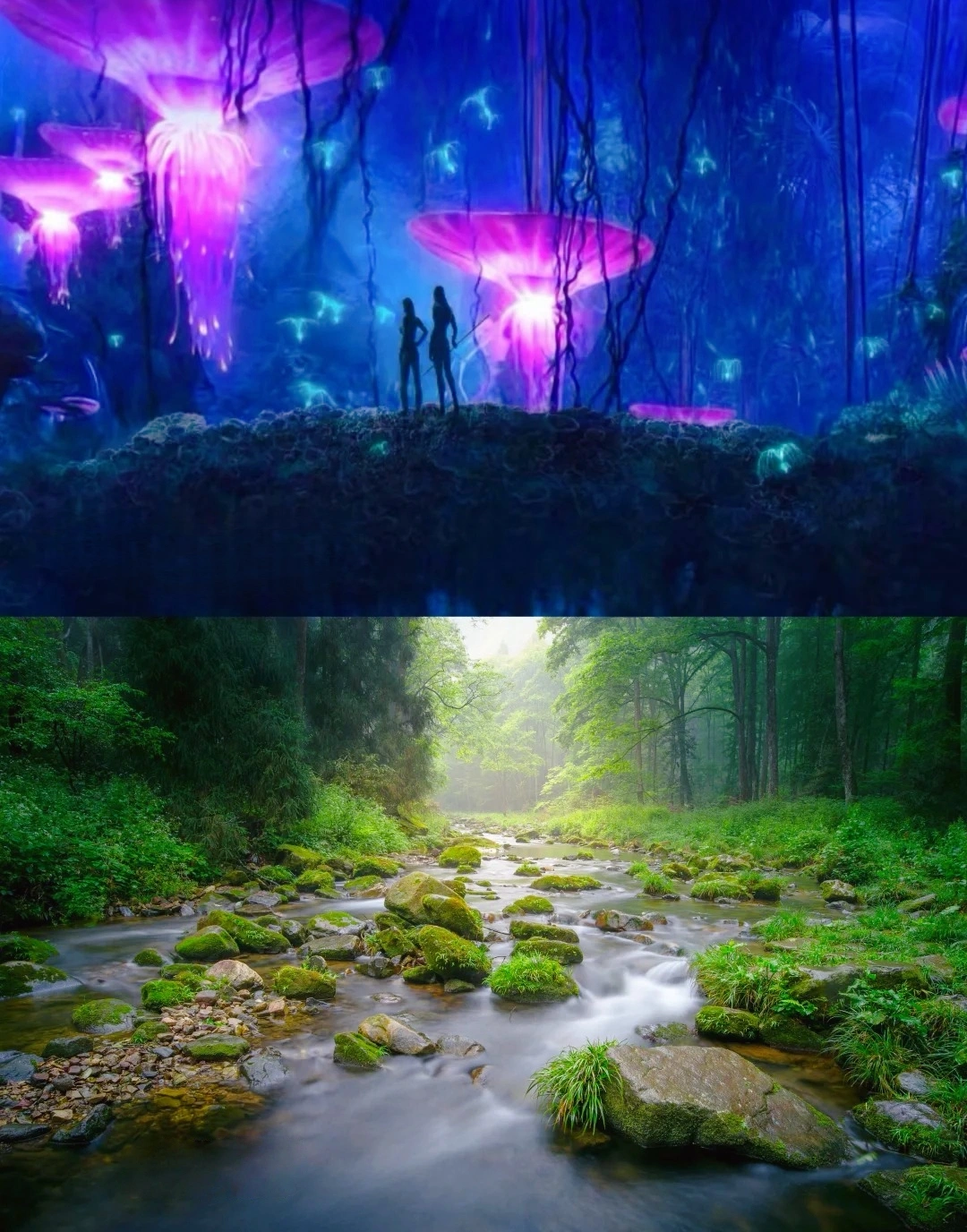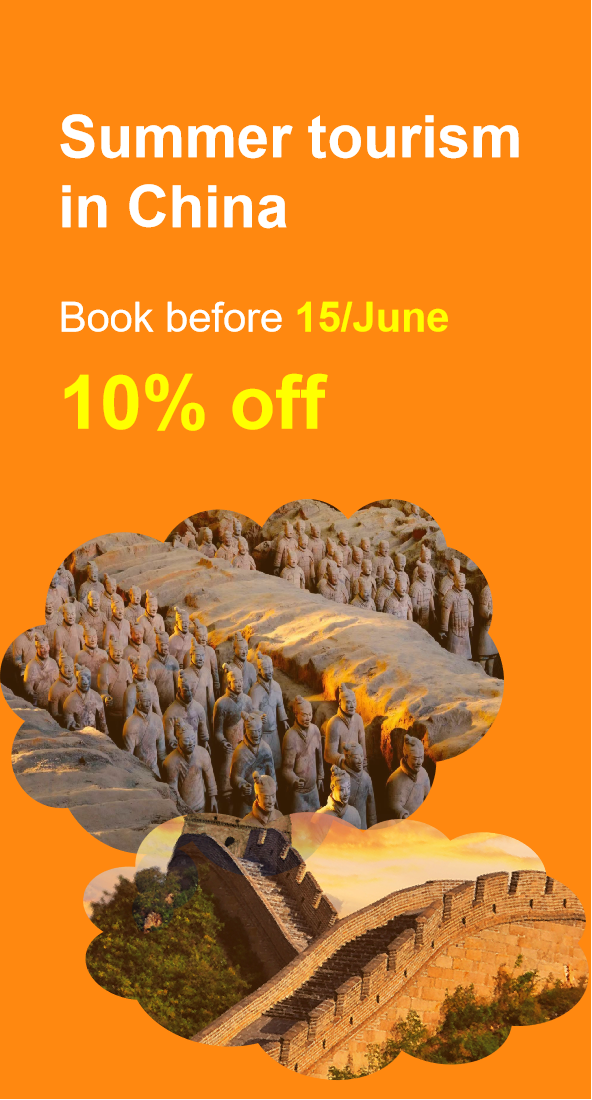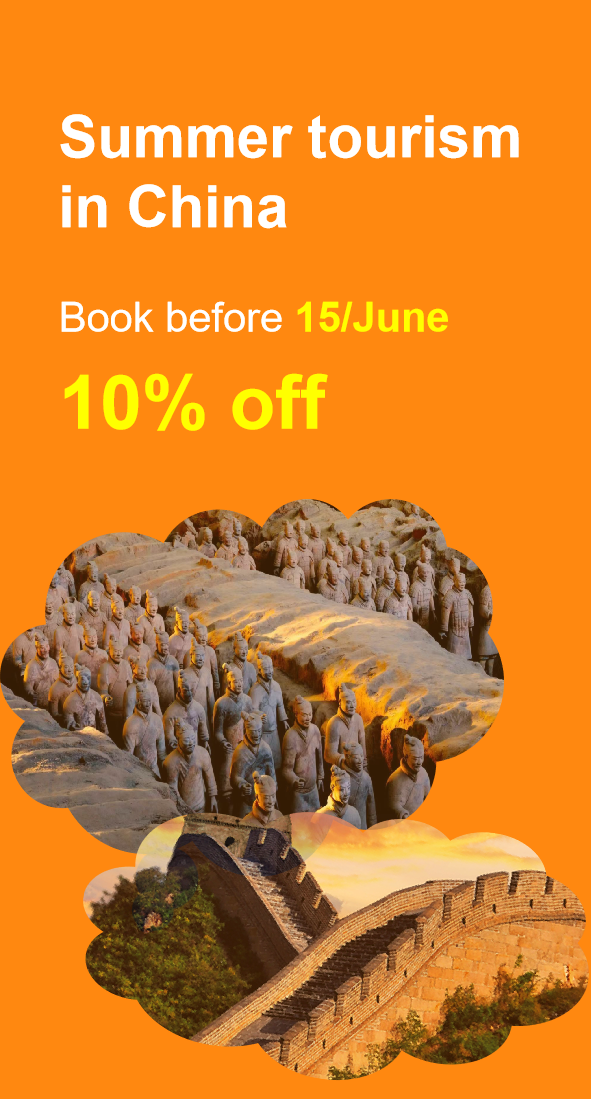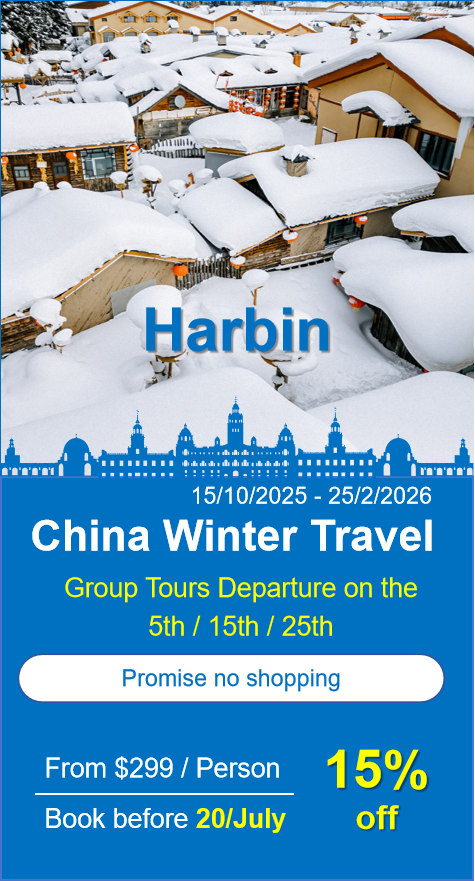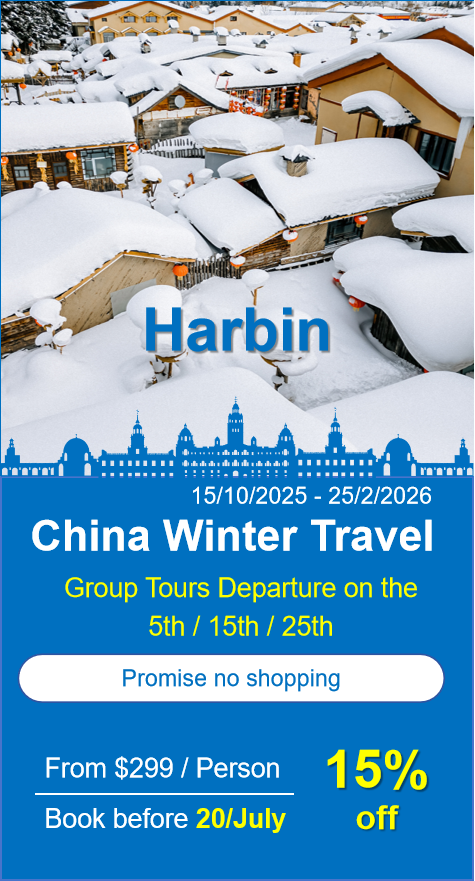Dafo Temple (Zhangye)
Historical Overview
Founded in 1098 under Emperor Chongzong of the Western Xia, Dafo Temple became a royal monastery and a center for Tibetan Buddhism. Its significance soared when Kublai Khan, the Mongol emperor, was born nearby in 1215, later granting it imperial patronage. The temple survived multiple dynastic shifts, including Yuan Dynasty expansions and Ming Dynasty renovations. In 1966, the Main Buddha Hall was relocated to preserve it from flooding, and in 1996, it was designated a Major Historical and Cultural Site Protected at the National Level. Since 2004, it has been part of China’s Silk Road UNESCO World Heritage nomination.
Structural Layout
The temple follows a traditional axial layout with four core sections:
Mountain Gate (Shanmen): The entrance adorned with four celestial guardians.
Main Buddha Hall (Dafodian): The 48.3-meter-wide hall housing the colossal reclining Buddha.
Sutra Depository (Cangjingge): A Ming Dynasty library storing 6,800+ Buddhist scriptures, including rare Tangut manuscripts.
Stupa Garden (Tuta Yuan): Featuring a 33-meter-tall brick-and-stone pagoda from the Yuan Dynasty.
Major Attractions
Reclining Buddha: A 34.5m-long, 7m-high sculpture from 1098, gilded in gold and adorned with lotus motIFS.
Main Buddha Hall: A 1,247-square-meter wooden hall supported by 48 massive columns.
Sutra Depository: Houses the world’s oldest printed sutra, the Jingang Jing (650 CE), and a Tangut-language Mahaprajnaparamita Sutra.
Yuan Dynasty Pagoda: A 13-story stupa with carved niches depicting Buddha’s life stories.
Shanxi Guildhall: A 1733 Qing Dynasty courtyard showcasing Silk Road merchant culture.
Buddhist Art Gallery: Displays Tang Dynasty murals, Ming Dynasty thangka paintings, and Tibetan ritual instruments.
Suggested Itineraries
- Classic Route (1.5–2 hours):
Mountain Gate → Main Buddha Hall → Sutra Depository → Pagoda Garden → Exit.
Highlights: Colossal Buddha, ancient scriptures, and pagoda architecture.
- Cultural Route (3–4 hours):
Add the Shanxi Guildhall, Buddhist Art Gallery, and a 30-minute sutra-chanting ceremony.
Highlights: Merchant history, religious art, and cultural immersive experiences.
- Photography Route (Full Day):
Capture dawn light on the pagoda, midday details of the Buddha’s robes, and dusk reflections in the temple pond. Include a picnic at the adjacent Heihe River Park.
Ticket Purchase
Online: Book via official WeChat “Zhangye Dafo Temple” (up to 3 days in advance).
On-Site: Tickets available at the entrance; arrive by 9 AM to avoid tours groups.
- Prices:
41 RMB/person
Free: Children under 1.2m, disabled visitors.
By Car: 20-minute drive from Zhangye West Railway Station; parking: ¥5/hour.
By Bus: Take Route 1, 6, or 9 to “Dafo Temple Stop” (15 minutes from downtown).
By Taxi: Fare: ¥15–20 from Zhangye Railway Station; agree on meter usage beforehand.
Best Time & Tips
Peak Hours: Avoid 10 AM–2 PM; visit early (8 AM opening) or late (after 4 PM).
Crowds: Weekdays are quieter; weekends attract domestic tourists.
Weather: Summer (June–August) for Festivals; autumn (September–October) for mild temperatures.
Essentials: Wear respectful attire (shoulders/knees covered), carry cash for incense offerings, and bring a flashlight for Sutra Depository inscriptions.
Pro Tip: Combine with a visit to the nearby Mati Temple Grottoes for a full-day Silk Road cultural experience.
Contact Us
What Our Clients Say?
Based on 10,000+ traveler reviews
